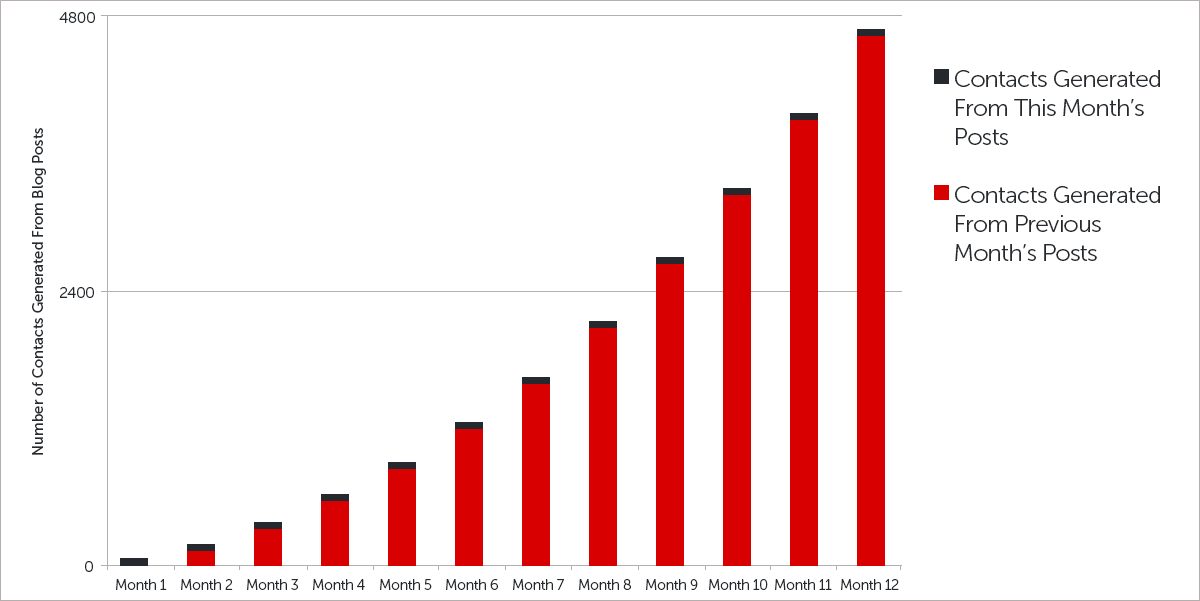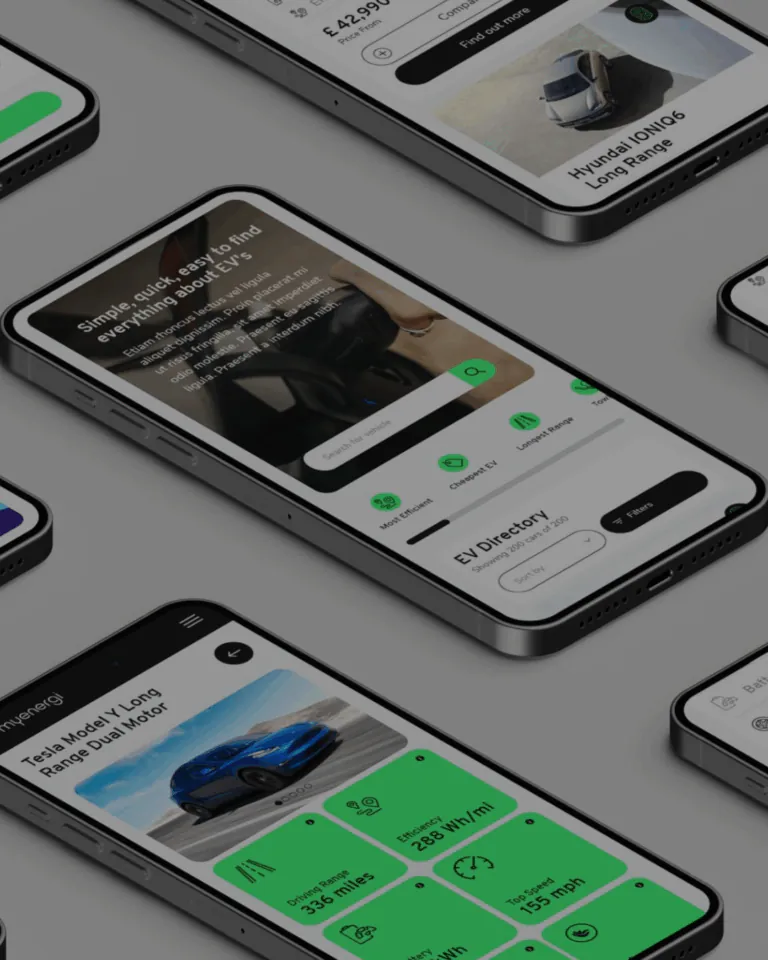You don’t need us to tell you how much blogging has taken off over the past few years. Everyone who is anyone seems to be doing it, and it is a great way to get Google looking at your website.
Knowing where to start is the hard bit. We have put together a small checklist to help guide you through the process.
Why blog?
Begin with the basics – why are you doing a blog, and what is the purpose behind it? There is no point in just creating content for the sake of it. It takes time to build up a good blog, but the benefits are huge:
1. Increased traffic to your website
Who doesn’t want more website visitors? The standard sources of traffic are direct (people typing your web address directly into their browser), paid (using adverts on the Search Network), and organic (people finding your website using search engines). However, direct traffic are customers who already know your business, paid advertising can be expensive, and organic traffic – well that is a whole topic on its own! Read more about how SEO can work for you here.
Blogging is the perfect solution. Every time you write a blog post, it is one more indexed page on your website – another chance for you to appear in search engine results pages. Hey presto, more traffic! Blogging can also help drive traffic from social media. Think about it, how often do you actually post on your social media channels? By writing blog posts, you are creating readily available content to share on these platforms.
2. Convert traffic into leads
With this influx of visitors to your site, you need to think about what you are going to do with them! Ensuring your blog posts have a clear call-to-action within them is vital. This can be as simple as ‘get in touch to find out more’, or a form to fill out (such as an email subscription) before the visitor can receive an offer.
Using your blog as an email data capture is a great idea. You can build email segments based on the topic your blog is about – allowing you to send targeted email campaigns at a later date.
3. It helps to establish authority
You don’t have to be an expert to write a blog, but it does mean that you could become an expert in your chosen field. Use your blog as a sales tool (but not in a glaringly obvious way!) – think about it as a tool to engage with your customers, and answer their questions. Sure enough, if you keep writing about answers to your customer questions they will see you as a credible source of information. You will be at the forefront of their mind when they come to making a purchase – see what we did there?
4. Use it to drive long term results
We touched on how blogging can help with your search engine rankings, but increasing your position on Google takes time. So think of this as a long term venture, consistency is key. After the initial surge of traffic to your blog, this will drop off slightly. But fear not, the main thing is that your blog post is now sitting in the search engines. So for months, even years to come people will see your article. Have we got you convinced yet?!

Where?
Next, the platform. Of course we are slightly biased towards WordPress – it isn’t the world’s number 1 content management system for no reason! However, Squarespace and Wix are great alternatives for your business blog.
Remember that your blog needs to represent your brand. It should be consistent, and carry the same message. Don’t just set up a separate blog though – the whole reason you are doing this is to increase traffic to your business’s website. Integrate it within your existing website. Google loves regular, updated content!
To help get your backlink profile growing, think about guest blogging too. This takes some research, but trust us, it’s worth it. Backlinks from websites with high domain authority will help your SEO efforts. A great tool to check this is the Moz Open Site Explorer. Look for blogs that are related to your industry, and are regularly engaged with, and just get in touch with the creator. Remember, don’t focus on selling your product or service, guest posts should be valuable sources of information. Of course you can include a link back to your website though within the content!
LinkedIn is also a great platform for sharing content to like-minded business people. With the recent redesign, they have really stepped up their game. Re-write your blog article slightly (to prevent duplicate content), and get posting!

What?
Now, we need to think about the content for your blog. It should be focused around keywords which are relevant to your business. Take the time to research what your audience are searching for, and base your content around that. Don’t keyword stuff though, remember your blog should be interesting and captivating!
Also, the most important thing to remember – include clear call-to-actions. There is no point creating a great blog, with lots of engagement, if you are not asking visitors to do anything! Encourage them to share your posts and spread awareness of your products and/or services. Add an email signup form so your audience can receive regular updates from you, or a ‘Contact Us’ button so you can answer any questions they may have.
Another great thing to include are clear links to related blog posts or products. This helps encourage visitors to browse your site, thus reducing your bounce rate.
Images are also very important, they help to break up the content and make the blog more visually engaging. There are a few free stock image sights that we recommend: Pexels, Pixabay and Unsplash. Make sure you download the highest resolution you can, fuzzy images don’t look professional!
When?
Plan your content, because we all know ‘Content Is King’. The best way to do this is by creating categories which are relevant to your business. Look at the times of day your audience are online and make sure you are sharing your posts – particularly on social media, at the right time.
Devise a schedule of posts that your audience will find engaging. Most importantly, stick to it! Yes, we all get busy – but if you are serious about growing your business, you need to be consistent with your blog. There are some great tools out there, our particular favourite is the HubSpot Content Planner. You can add in draft ideas for the whole month, and then plan your social media campaigns to align with your blogs. Give it a go, we would love to know if it works for you.
Test & Measure
As with all marketing, you mustn’t forget to continually test and measure. By this, we don’t just mean once in a blue moon. Get Google Analytics tracking set up, and see how visitors are engaging with your content. See what is working, what isn’t working and test. Try long and short form posts, and why not embed a video once in a while?
Also consider headlines. These need to captivate your audience the second they arrive on your blog. You don’t want to put all that effort into creating a finely crafted blog article, for people to not even get to the first paragraph.
















